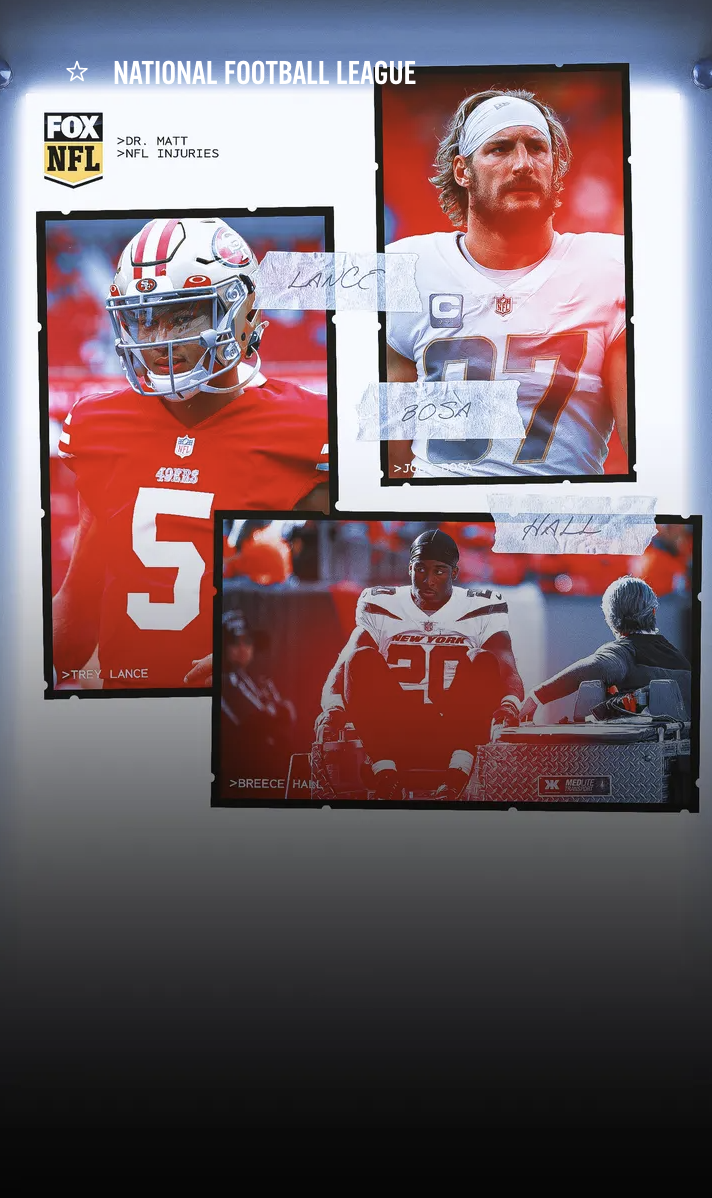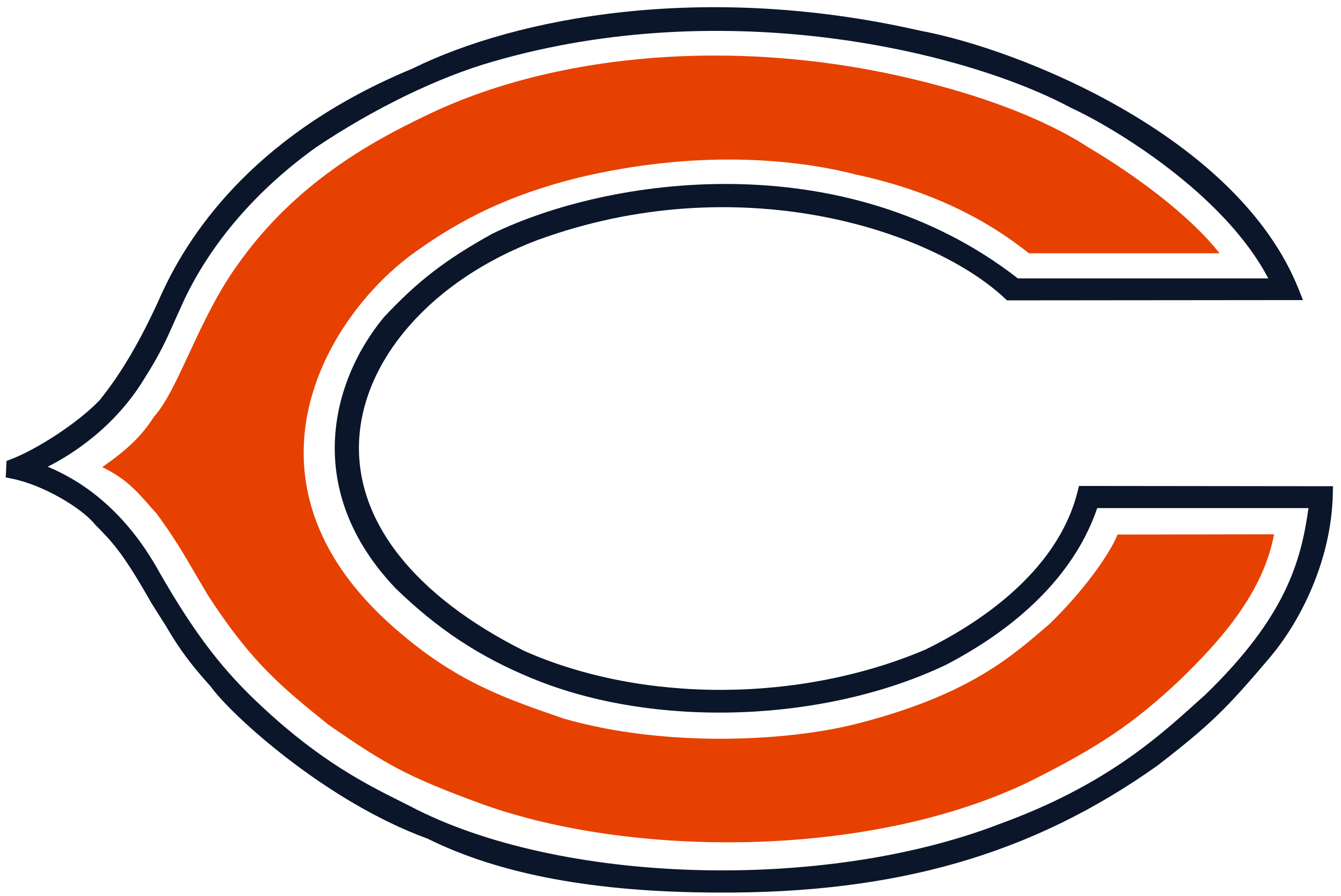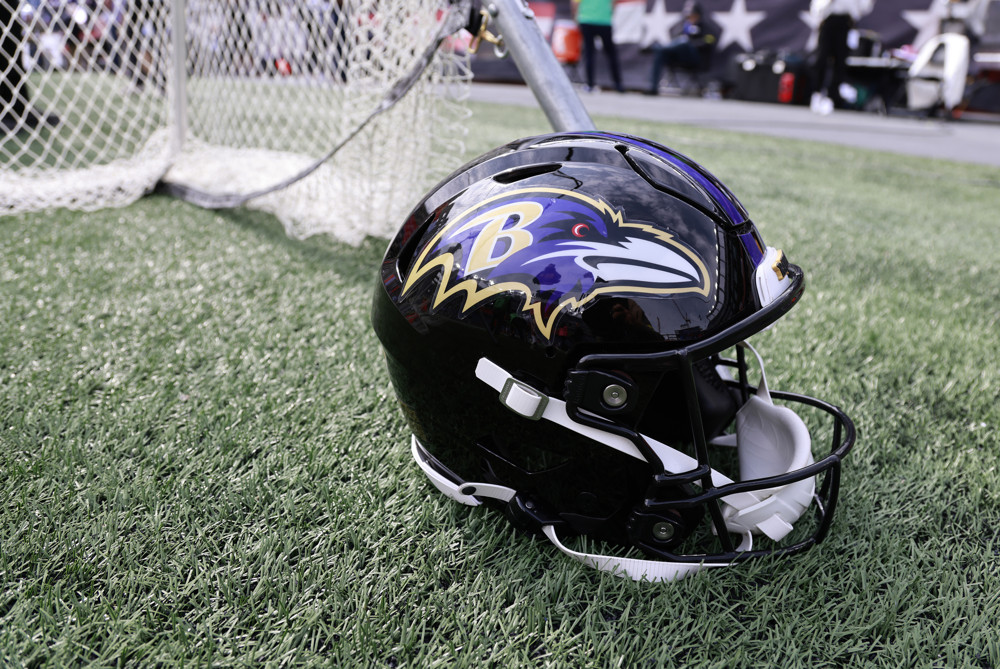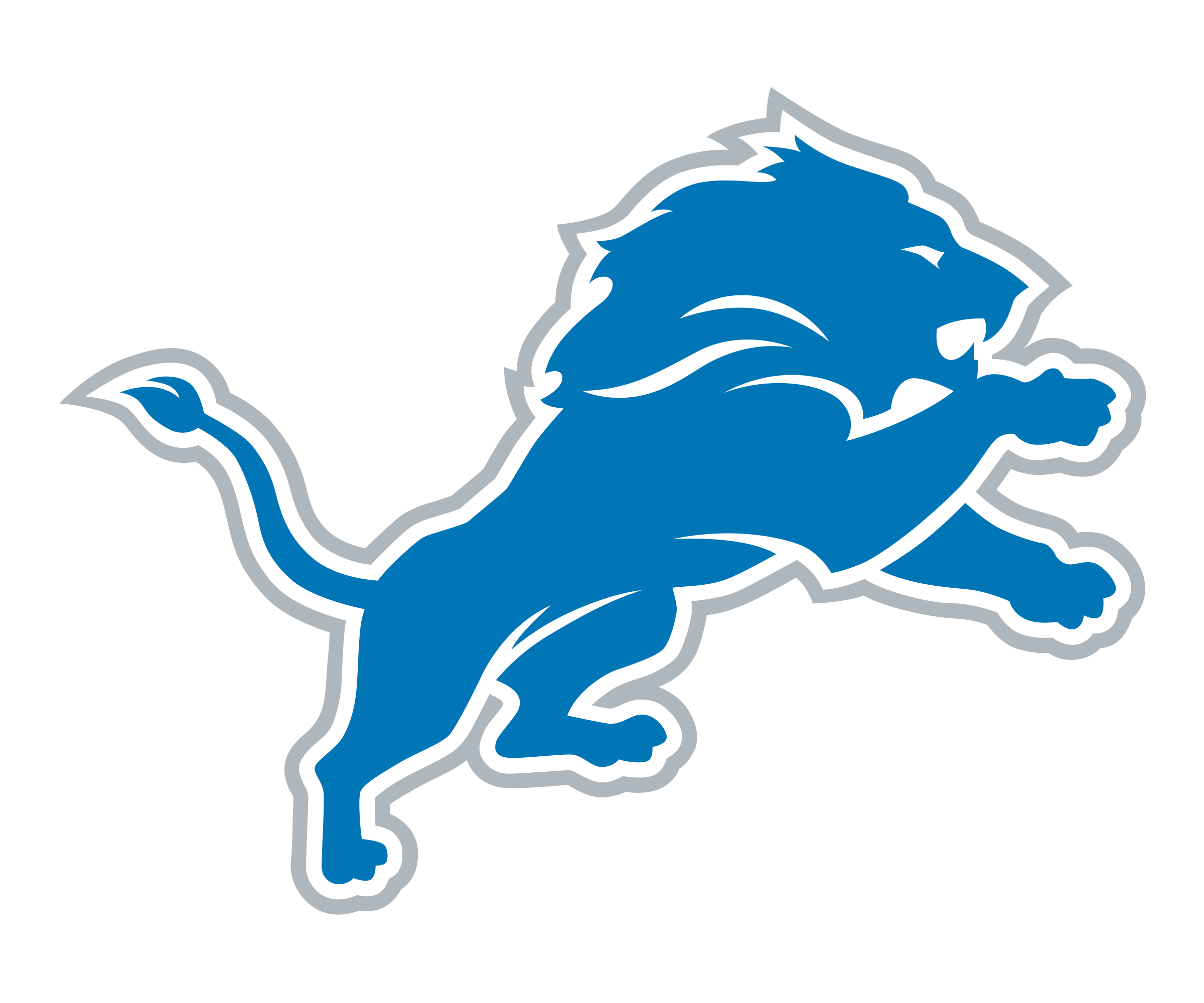With Week 9 on the horizon, we are officially headed toward the mid-point of the regular season.
There is still plenty of football left to play, but there is no denying that some teams are looking like playoff contenders and others are getting closer and closer to the top of the 2023 NFL draft order.
Most importantly, injuries are continuing to play their role in game outcomes. That was very evident in a pair of games last week: the Browns secondary didn't have to worry about the threat of Bengals star wideout Ja'Marr Chase in a big win, while Jets rookie running back Breece Hall's absence against the Patriots was noticeable in limiting New York to just 51 yards rushing as a team.
As we head into another week of NFL action, here is a look back at the top five and bottom five healthiest teams based on ThePredictors.com BUS Scores, a proprietary score that uses a multitude of variables to output health.
Week 8 Top 5 Healthiest Teams
1. Philadelphia Eagles – BUS: 90.0
2, Minnesota Vikings – BUS: 86.5
3. Jacksonville Jaguars – BUS: 85.3
4. Chicago Bears – BUS: 84.0
5. Kansas City Chiefs – BUS: 81.5
Week 8 Most Banged Up Teams
1. Arizona Cardinals – BUS: 54.6
2. Baltimore Ravens – BUS: 58.2
3. Los Angeles Chargers – BUS: 58.8
4. San Francisco 49ers – BUS: 59.9
5. Denver Broncos – BUS: 61.0
With a new week upon us, some players will return to the field, while new injuries (especially to high-value players) will impact teams' wins and losses. Players such as Rams WR Cooper Kupp, Eagles DT Jordan Davis and Buccaneers LB Shaquil Barrett might make huge impacts in the coming weeks, but are currently on the mend. Bye weeks will allow six teams to rest and recover in Week 9.
What does a high ankle injury mean for #Eagles DT Jordan Davis? What does the data say? #Injury #NFL https://t.co/f8N0oKEcTb pic.twitter.com/zO4ZEshaP4
— Sports Doc Matt (@sportsdocmatt) November 1, 2022
As we take a closer look at injuries, two big storylines have emerged over the first half of the season. Concussions, which the NFL alongside the NFLPA has implemented new protocols for this season, and the turf vs. grass debate — a hot_-_button topic that has garnered a lot of press with players giving their opinions on the matter.
Does turf actually cause more injuries though? @SportsDocMatt and thepredictors.com have that answer. Sifting through their data, they looked at injuries and how they relate to ground surface in the NFL, and the answers, though perhaps not surprising to some, are important for overall team health and future injuries.
What seems like an easy question is quite complicated as you break it down, and like all research, different conclusions can be reached based on the specific data being used and inclusion criteria. The fact of the matter remains: finding out whether a field surface plays a part in players getting injured is important to health, safety and team investment in their athletes. As we know, injuries impact wins and losses, and you don’t want your home field presenting you with a disadvantage to begin with.
The Predictors team looked at lower extremity injuries, which are the injuries that would primarily be affected by a ground surface. Yes, landing on a harder ground with your shoulder might play a part in shoulder instability (we can look at that a different day), but when cleats get stuck in turf, non-contact lower extremity injuries increase in ACLs, while high ankle injuries seem to be a major concern as well.
Altogether, a 7% increase in lower extremity injury rates was found during NFL games on turf when compared to grass dating back to 2016. That number fluctuates year by year, with the highest incidence hovering around 15% this year. Currently, we are on track to see the largest percent difference in turf versus grass-related lower extremity injuries over the past 7 years. This doesn’t mean that it won’t come down as there is much more of the season left to play, but it does raise the question: do things need to change?
Chargers CB J.C. Jackson is being evaluated on the field right now after the last play. pic.twitter.com/aNPHJUrMDv
— FOX Sports: NFL (@NFLonFOX) October 23, 2022
Sports data science has been exploring this question for a few years now, and though the newer turf has shown to be a massive upgrade compared to older turf types, a continued theme is surfacing. An article published in The American Journal of Sports Medicine in 2019 titled "Higher Rates of Lower Extremity Injury on Synthetic Turf Compared with Natural Turf Among National Football League Athletes: Epidemiological Confirmation of a Biomechanical Hypothesis" looked at this question with data from 2012-2016 and found almost a 16% increase in turf verse grass related injury per play. It was also shown that turf injuries resulted in more games missed, concluding that the severity of these injuries is more as well.
Noncontact injuries (specifically ACLs) have also shown higher rates on synthetic turf vs natural grass. These injuries are of the season-ending variety and have been known to reduce a player’s performance upon their return to action. Ankle and foot injuries increased the most, while knee injuries not specific to only ACL also were higher on turf.
With all of this data showing decreased injury risk ratio on grass, it's safe to say that many are taking notice, including the outcry from players and fans alike. It will be an important conversation for new stadium builds and new turf decisions in older stadiums alike. Nobody likes to see athletes get injured, and if there is anything that can be done to minimize that risk, it should be a high priority.
Renowned orthopedist Dr. Matt Provencher and his company, ThePredictors.com, deliver data-driven injury insights to football fans. In this first-of-a-kind role as Athlete Injury and Performance Analyst for FOX Sports’ digital platforms, Provencher provides important predictive player health and recovery information about post-injury performance, the impact of weather, field conditions and more.



